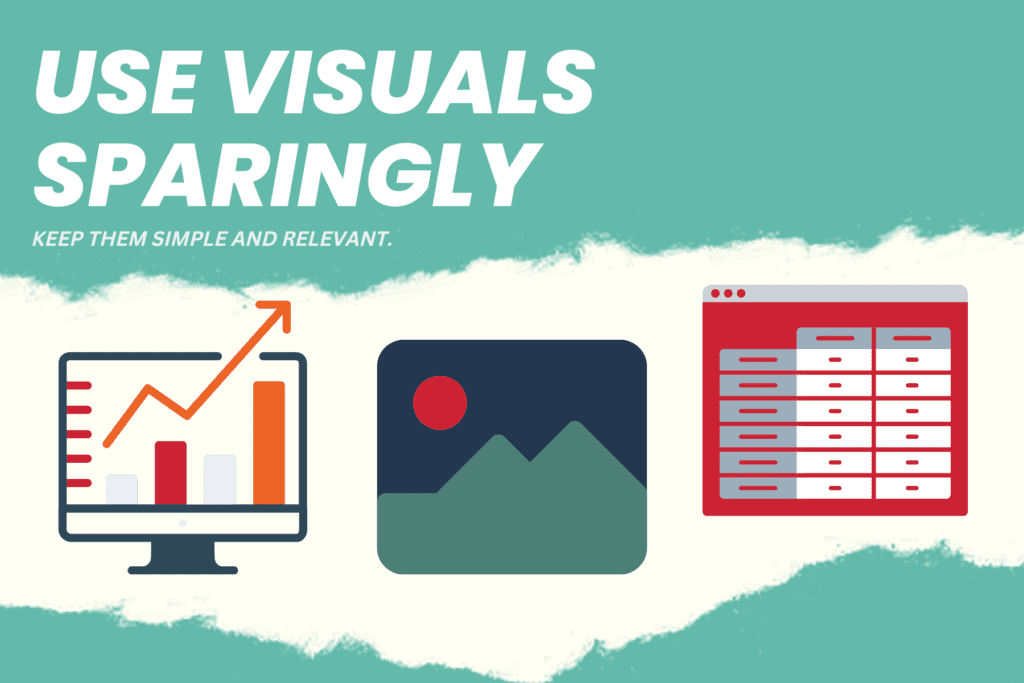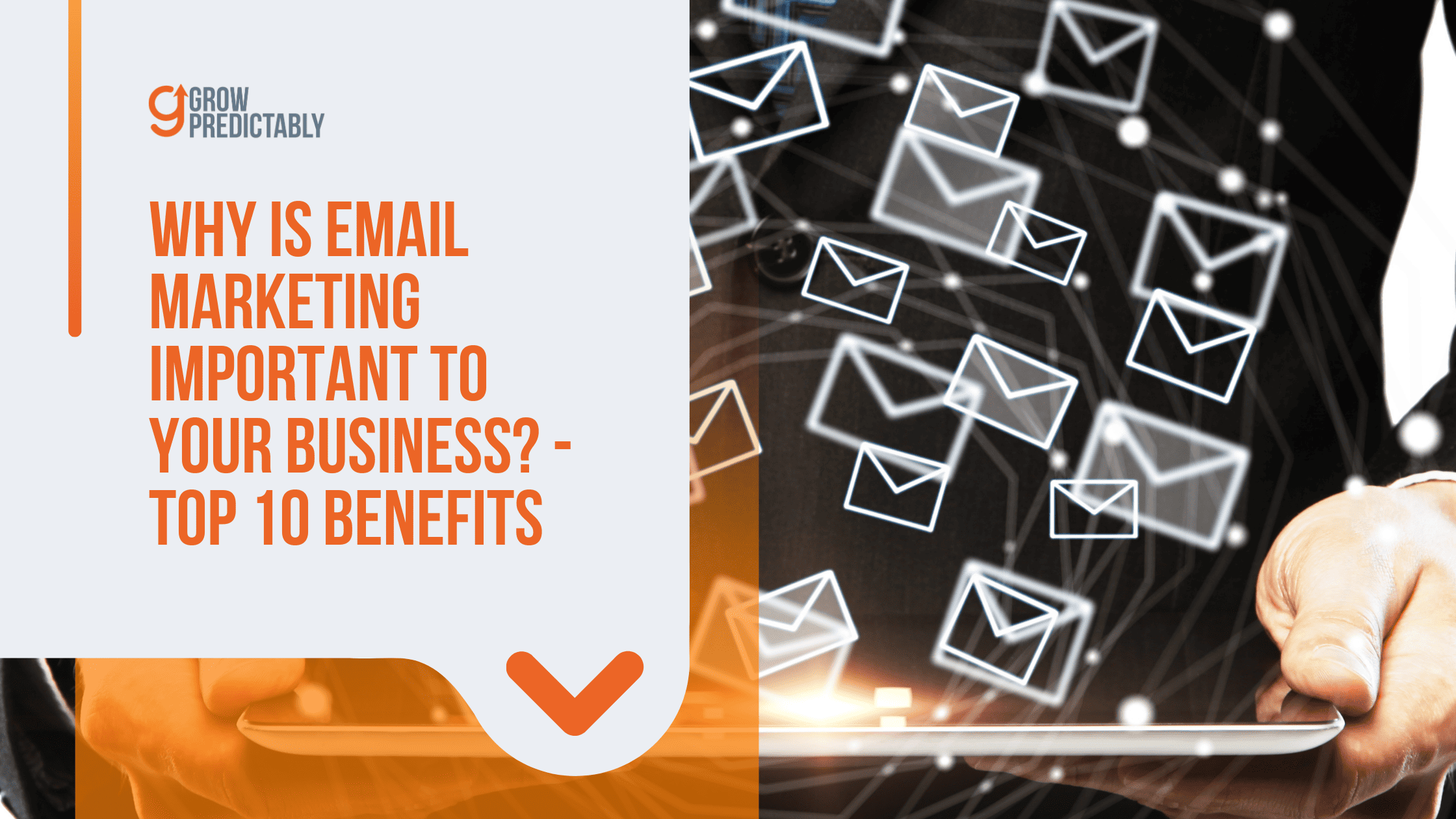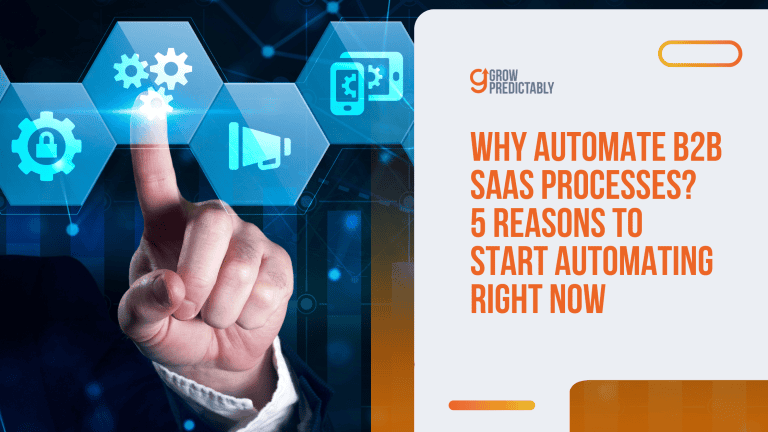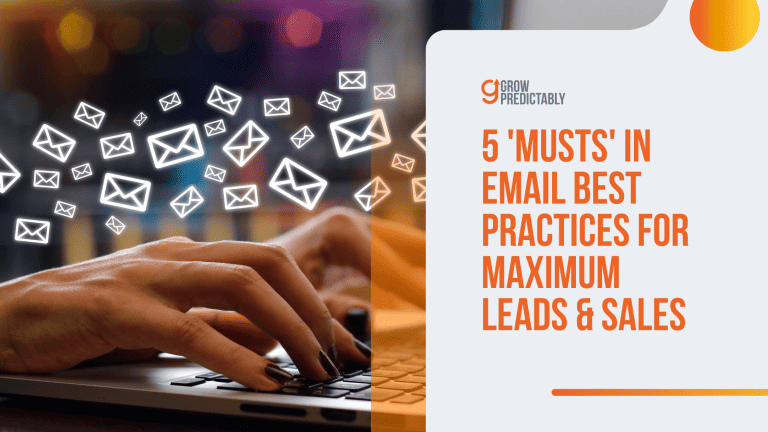Why is Email Marketing Important to Your Business? – Top 10 Benefits
Email marketing campaigns serve as a valuable digital marketing strategy in addition to social media marketing. However, many businesses either fail to fully leverage email marketing or are unsure how to begin.
In this blog post, we will explore the importance of email marketing for your business and provide guidance on crafting successful email campaigns.
What is Email Marketing?

This marketing campaign employs email platforms to bolster your business promotion efforts, enhance your average click-through rate, and boost website traffic.
Email campaigns can encompass updates on various marketing activities, such as increasing sales by introducing new products, services, rewards, or promotions to your current clientele.
To ensure a thriving email marketing strategy, it is crucial to maintain content that is both relevant and captivating.
According to Statista (2021), around 4 billion people use email globally, and expect this number to reach approximately 4.6 billion in 2025. 99% of these email users check their mobile devices at least once a day, so there’s a high chance of them reading and engaging with email campaigns.
What are the Objectives of Email Marketing?
Build Relationships With Customers
Through consistent email communication, you can maintain contact with your customers and inform them about the latest products or services you provide.
Moreover, email marketing plays a vital role in fostering customer engagement and customer loyalty by keeping your clientele well-informed about your most recent news and advancements.
Generate Leads
By conveying customized emails to potential clients, you can motivate them to browse your website or get in touch with you to gain more insight into your products or services.
Furthermore, email marketing can be employed to cultivate leads by merging different marketing and social media channels and presenting beneficial information and resources that assist in making purchase decisions.

Bump Up Sales
Through the use of promotional emails, you can inspire prospective customers to buy your products or services. It can also be utilized for upselling and cross-selling associated products or services.
For instance, after a customer acquires a product from you, you could send them an email featuring a related item that may pique their interest.
Improve Customer Retention
By maintaining frequent communication, you can sustain customer engagement with your brand and remind them of the value you offer.
Additionally, email marketing can assist in addressing any concerns your customers might have, resulting in enhanced customer engagement and satisfaction.
Create Brand Awareness
By delivering emails to potential clients in emerging markets, you can present your products or services and inspire them to buy from you or connect with your brand.
Types of Email Marketing

There are eight specific types you can utilize:
1. Invite Email Marketing
These emails aim to capture the interest of your audience and heighten their cognizance of impending events. Numerous small business owners employ invitation emails to publicize new product releases, workshops, and exclusive happenings.
2. Welcome Email Marketing
This is to welcome new customers and encourage them to know more about your business. This is targeted messaging where potential customers are introduced to the business with a trial or a bonus.
3. Dedicated Email Marketing
This marketing strategy is directed towards a tailored list of your email subscribers. The list can be composed of recent purchasers, inactive clients, new customers, and others.
4. Newsletter Email Marketing
Newsletters rank among the most prevalent email marketing instruments. They frequently showcase new products and services, occasionally incorporating content marketing elements.
Typically, they feature a call-to-action message for readers, such as exploring a new product or perusing a fresh blog post.
5. Confirmation Email Marketing
This is carried out and transmitted to validate the customers’ information post-purchase or registration. Furthermore, it aids in maintaining fluid communication and keeping the customers informed and knowledgeable about their acquisitions and sign-up details.

6. Survey Email Marketing
This is conducted to obtain more customer data and feedback. Survey emails assist small business owners in understanding their clients’ experiences with their products and services.
This valuable input can contribute to enhancing their sales and marketing strategy.
7. Promotional Email Marketing
Promotional emails are widely used and frequently dispatched to an extensive group of potential and existing clients.
Their purpose is to sustain customer engagement and keep them informed about current and newly introduced promotional products and services.
8. Seasonal Email Marketing
Numerous companies take advantage of festive seasons and special events to connect with potential and loyal customers through email notifications regarding upcoming promotions and discounts.
This practice is prevalent during occasions such as Christmas, Valentine’s Day, Mother’s Day, and more.
Top 10 Email Marketing Benefits

As a business owner, neglecting to capitalize on email marketing campaigns would mean missing valuable opportunities. Due to their online nature, you and your target customers can access these emails using a computer or mobile devices, offering unparalleled convenience.
Take a look at some additional advantages of email marketing to ponder:
1. Increased reach:
Email marketing enables businesses to connect with a broader audience effortlessly. Emails can be swiftly shared with friends and family, allowing companies to extend their reach efficiently.
2. Cost-effective:
Email marketing ranks among the most economical marketing strategies. It demands minimal investment and can even be conducted for free using services like MailChimp.
3. Measurable:
Businesses can track metrics such as open rates, click-through rates, and unsubscribe rates with email marketing. This data helps enhance future email campaigns and ensures marketing efforts are as effective as possible.
4. Personalized:
Email marketing allows businesses to send highly tailored messages to their target audience, increasing engagement and conversion rates by making recipients feel they are receiving a message crafted just for them.
5. Automated:
Email marketing tools like autoresponders enable automation, permitting businesses to send pre-written emails to subscribers on a set schedule.
This automation saves time and effort while maintaining regular contact with the audience.
Email is old technology, and although social media channels are a more popular option for a marketing strategy, using it is proven to work if done correctly. Its revenue is even expected to reach about 11 billion by 2023.
6. Timely:
Email marketing lets businesses send relevant messages that align with important events or holidays, boosting open rates and ensuring the message reaches recipients when most pertinent.
7. Scalable:
Email marketing is highly adaptable, making it an ideal solution for businesses of all sizes, easily adjusting to fit any business’s needs and integrating with other marketing channels.
8. Targeted:
With email marketing, businesses can pinpoint specific groups of people with remarkable precision, ensuring the marketing message reaches those most likely interested, maximizing its effectiveness.
9. Flexible:
Email marketing offers great flexibility and can be tailored to suit any business need or objective. Whether it’s increasing brand awareness, generating leads, or driving sales, email marketing can be customized to meet specific requirements.
10. Powerful:
Email marketing is a potent tool that should not be underestimated by any other business owner seeking online success.
What Are Some Email Marketing Best Practices?
1. Define Your Goals
Before delving into email marketing, pause and determine your marketing budget and goals.
What do you aim to accomplish through your email marketing campaign? Are you seeking to boost brand recognition, direct traffic to your website, or generate sales?
Once your goal is clear, you can devise an email campaign or marketing strategy tailored to achieve it.
2. Build Your List
A crucial aspect of a good email marketing strategy is cultivating a list of subscribers – individuals interested in your content and willing to receive regular emails from you.
Various methods can help grow your list, such as offering a complimentary resource in exchange for an email address or organizing a contest.
3. Keep Your Email List Clean
To enhance your email marketing campaigns, ensure your email list remains clean. A list cluttered with inactive or disengaged subscribers negatively impacts deliverability rates and may lead to your emails being flagged as spam.
Cleaning your email list can be achieved through techniques like using an email verification service.
4. Personalize Your Emails
Another effective way to elevate your email marketing campaigns is by personalizing your emails.
Emails can be personalized through several means, including the recipient’s name in the subject line or email body.
Additionally, segmenting your email list enables you to send targeted messages to specific subscriber groups.

5. Use a Good Email Service Provider
Selecting a dependable email service provider (ESP) is crucial for executing a successful email marketing campaign.
A reliable ESP offers various features to help create and manage your campaigns, such as templates, autoresponders, and reporting tools.
Moreover, a reputable ESP ensures high deliverability rates and expert support when needed.
6. Create Compelling Subject Lines
Developing captivating subject lines is vital for any email marketing campaign.
Your subject line must grab attention and entice recipients to open your email. Employ diverse techniques to create engaging subject lines, like incorporating emojis or crafting curiosity-piquing headlines.
7. Write Great Content
Naturally, all these tips are futile without exceptional content in your emails. Your content should be well-crafted and relevant, keeping your audience engaged and eager to read.
If you’re unsure how to create compelling content, numerous resources can help, including copywriting books and online content marketing courses.
8. Send at the Right Time
In email marketing, timing is everything. Ensure your emails are sent when recipients are most likely to check their inboxes and open them.
9. Monitor Your Results
After sending emails for some time, assess your results to identify what works and what doesn’t.
Monitor various metrics, such as open rate, click-through rate, and unsubscribe rate.
By evaluating these metrics, you can adjust your campaign as needed to optimize your results.

10. Use Visuals Sparingly
Although visuals can effectively convey your message, it’s crucial not to go overboard. Excessive visuals may cause your email to appear disorganized and unprofessional.
Limit yourself to one or two visuals per email, like an image or a chart. If you opt for multiple visuals, ensure they all relate to the same subject.
How to Choose Your Email Service Provider?
1. Consider your needs
Begin your search for an email service provider by evaluating your needs. What features do you expect from an email provider?
Are you looking for ample storage space, a calendar or task manager, or the ability to send and receive large attachments?
Once you’ve identified your needs, search for an email provider that offers those features.
2. Compare providers
With a clear understanding of your requirements, start comparing various email service providers.
Since numerous providers are available, take time to find the one best suited to your needs.
When evaluating providers, consider aspects like storage space, pricing, features, and customer support.
3. Read reviews
Reading reviews is another effective way to identify a suitable email service provider. Many websites allow users to post reviews of products and services, helping you gauge opinions about specific providers.
While reviewing feedback, pay attention to both positive and negative comments to form a comprehensive understanding of the provider.

4. Ask around
Consult friends or family members who use an email service provider for their opinions. Their experiences can be valuable resources when searching for a reliable provider.
They might also share any issues they’ve encountered with specific providers, helping you avoid similar problems.
5. Sign up for a trial
Several email service providers offer free trials, which can be beneficial in making an informed decision. Utilize these trials to explore a provider’s features and determine if it’s suitable for your needs before making a long-term commitment.
- Gmail
A free email service provided by Google. It offers a variety of features, including 15GB of storage, spam filtering, and the ability to search through all of your emails. - Yahoo Mail
Yahoo Mail is a free email service provided by Yahoo. It offers a variety of features, including unlimited storage, the ability to send attachments up to 25MB in size, and built-in virus and spam protection. - Outlook
Outlook is an email service provided by Microsoft. It offers a variety of features, including 10GB of storage, the ability to send attachments up to 100MB in size, and integration with Microsoft Office programs such as Word and Excel. - AOL Mail
AOL Mail is a free email service provided by AOL. AOL Mail offers a variety of features, including unlimited storage, the ability to send attachments up to 25MB in size, and built-in virus and spam protection. - Zoho Mail
Zoho Mail is a free email service provided by Zoho Corporation. It offers a variety of features, including 5GB of storage, the ability to send attachments up to 25MB in size, and support for multiple languages. - iCloud Mail
iCloud Mail is a free email service provided by Apple Inc. iCloud Mail offers a variety of features, including 5GB of storage, the ability to send attachments up to 25MB in size, and support for Microsoft Exchange ActiveSync protocol. - ProtonMail
ProtonMail is a free email service provided by Proton Technologies AG. It offers end-to-end encryption for all emails sent and received using the service. ProtonMail also offers a variety of features, including 500MB of storage, the ability to send attachments up to 20MB in size, and support for multiple languages
5 Key Email Marketing Campaign Metrics You Should Track
1. Email Deliverability
Email deliverability represents the proportion of emails successfully reaching recipients’ inboxes.
A high email deliverability rate is crucial for any email marketing campaign, as it ensures your messages reach their intended targets.
Various factors can influence email deliverability, such as the quality of your email list and the content within your email messages.
2. Email Open Rate
The email open rate is the percentage of recipients who open an email.
A high email open rate suggests that your subject lines are compelling and your messages appeal to your audience.
Several factors can impact email open rates, including the time of day you send your messages and the frequency of sending them.
3. Click-Through Rate
The click-through rate (CTR) denotes the percentage of recipients who click on a link within an email.
A high CTR implies that your audience finds your message’s content engaging and is more likely to act upon it.
CTR can be affected by various factors, such as the positioning of links in your message and the utilization of persuasive call-to-action phrases.

4. Conversion Rate
The conversion rate refers to the percentage of recipients who perform the desired action after receiving an email.
A high conversion rate signifies that your message effectively persuades recipients to take the intended action.
Various factors can influence conversion rates, such as the offer presented in your message and the clarity of your call to action.
5. Unsubscribe Rate
The unsubscribe rate represents the percentage of recipients who opt out of an email list after receiving one or more messages.
A high unsubscribe rate suggests that your audience is either uninterested in your message content or finds it bothersome.
Several factors can impact unsubscribe rates, including the frequency of sending messages and the quality of the content.
FAQS
As a modern business, staying connected with your customers is key to maintaining and growing your customer base. One effective way to do this is through email marketing. Below are the top questions about email marketing strategy.
Final Thoughts
Email marketing is a crucial resource that must not be overlooked. It serves as an efficient method to engage with customers and keep them apprised of your company, products, and services.
Through diligent planning and execution, you can establish prosperous email marketing campaigns that accomplish your business objectives.
Have you experimented with other email marketing services? How has your experience been?








